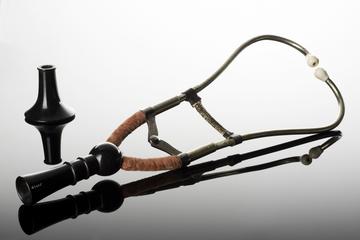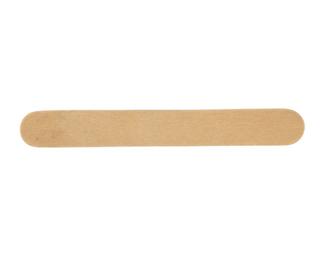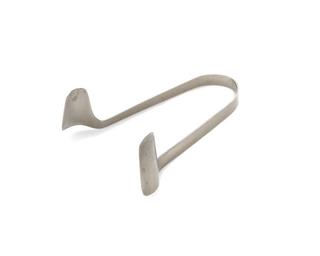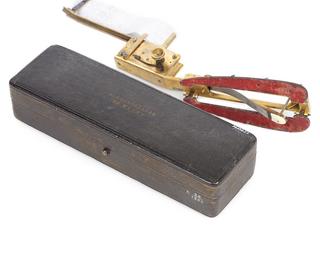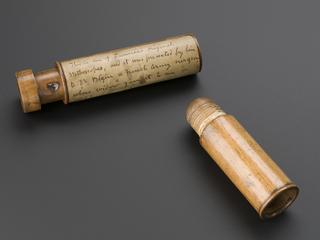
Tongue depressor, Europe, 1831-1870
- Made:
- 1831-1870 in unknown place
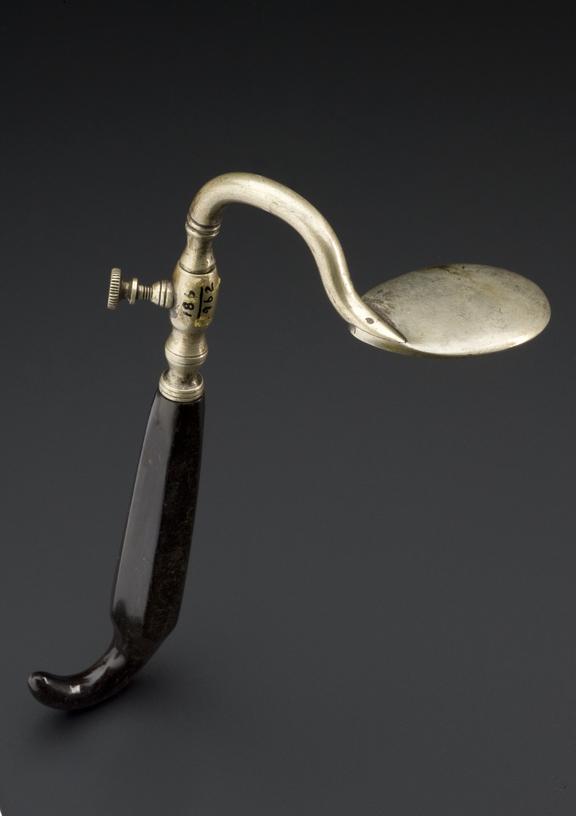
Tongue depressor, steel and ebonite, mid-19th century
A tongue depressor lets physicians view the back of the throat. It is a simple instrument. This example is made of steel. It has an ebonite (a form of vulcanised rubber) handle. The underside of the tongue ‘pad’ has a ridged surface to grip the tongue.
A tongue depressor helped diagnose diseases such as Diphtheria. This disease severely inflames the throat and causes suffocation. The depressor also helped diagnose more mundane afflictions such as polyps. These are fleshy growths that can appear in the throat. The first British hospital for ear, nose and throat diseases was The Metropolitan Hospital. It opened in London in 1838.
Details
- Category:
- Clinical Diagnosis
- Collection:
- Sir Henry Wellcome's Museum Collection
- Object Number:
- A647268
- Materials:
- steel (plated) and ebonite
- Measurements:
-
overall: 155 mm x 39 mm x 90 mm, .089 kg
- type:
- tongue-depressor
